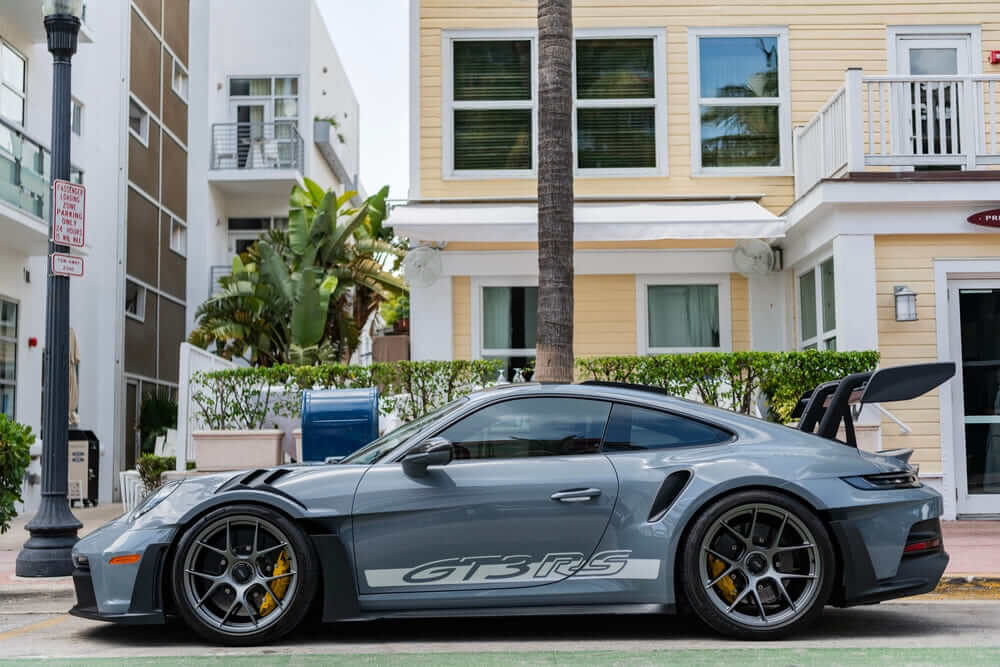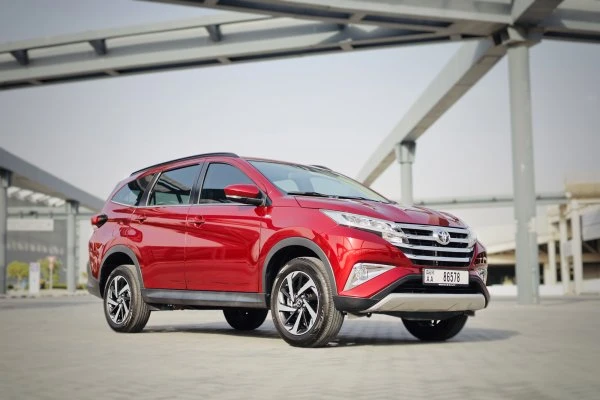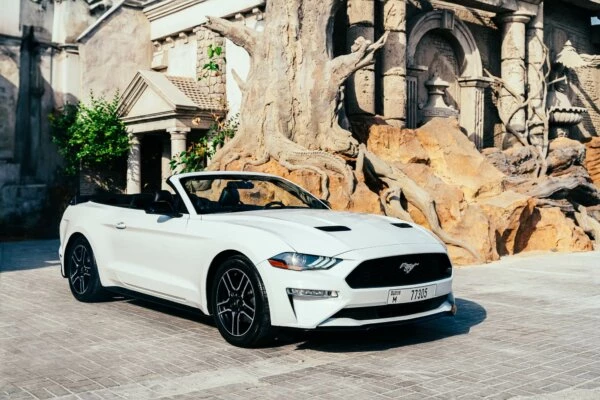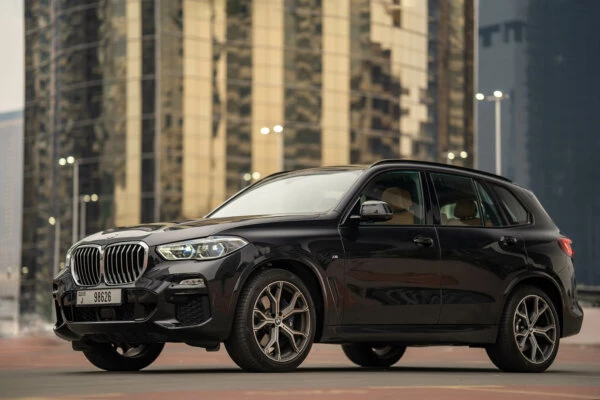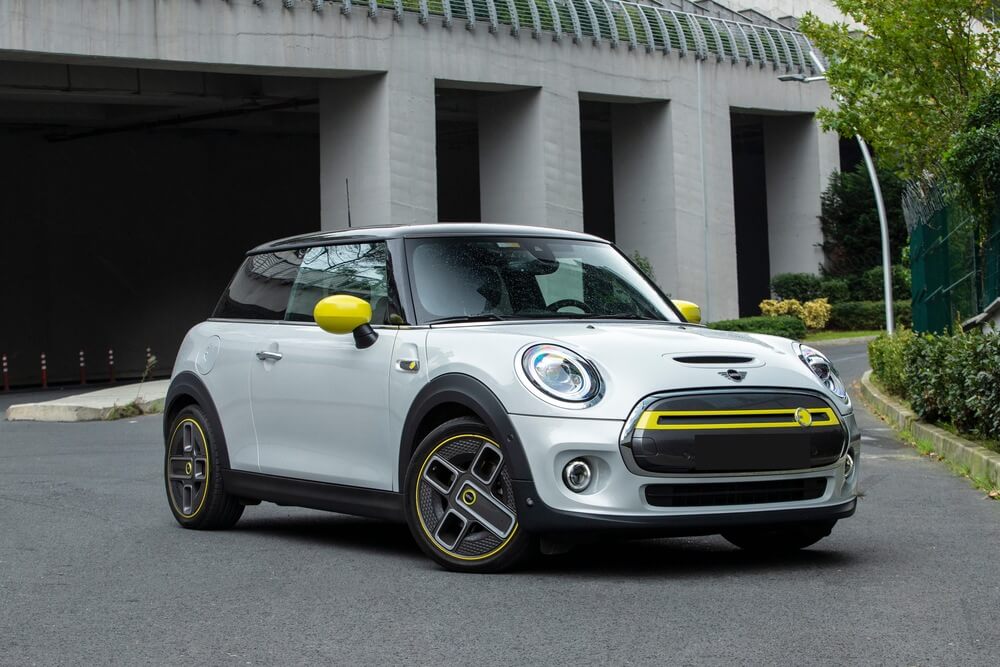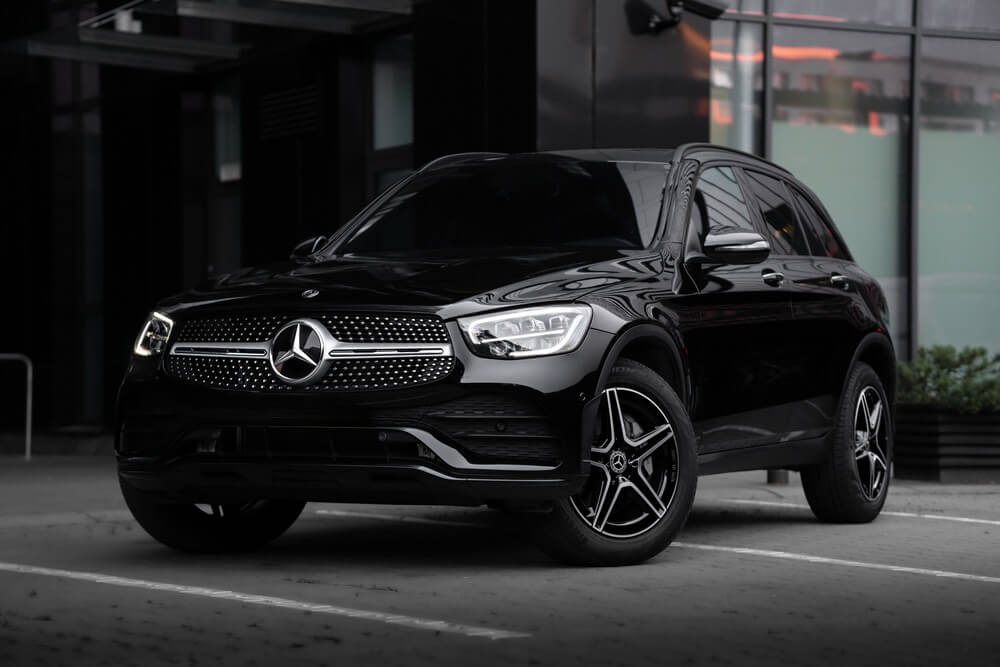If you like cars that aren’t just for the street, the Porshe 911 GT3 RS will appeal to you. It’s aggressive, fast and tuned to perform like a race car, while remaining suitable for street use. This exclusive model combines modern technology, lightweight materials and a driver-focused interior to provide an uncompromising driving experience.
Positioned at the top of the 911 range, the GT3 RS offers even more extreme performance than the standard GT3, thanks to its improved suspension setup, active aerodynamics, and more aggressive chassis configuration. While the GT3 is already a remarkable car, the RS goes even further.
2025 Porsche 911 GT3 RS Naturally Aspirated Engine and Technical Specs
Top Performance
The Porsche 911 GT3 RS is powered by a 4.0 L six-cylinder flat engine, renowned for its naturally aspirated character. It delivers linear power, razor-sharp throttle response, and a thrilling 9,000 rpm redline, making it one of the most engaging engines in any modern sports car.
Producing 518 hp and 343 lb-ft of torque, the engine sends power to the rear wheels through a 7-speed Porsche Doppelkupplung (PDK) transmission. This setup enables lightning-fast gear changes and consistent performance. The 911 GT3 RS delivers unbelievable performance, accelerating from 0 to 100 km/h in just 3.2 seconds. Its top speed of 296 km/h prioritizes greater driving stability at high speeds and optimized aerodynamics over pure straight-line velocity.
Track-Optimized Aerodynamics
Road-approved high-performance 911 GT3 RS sports car shows off its full potential through Porsche Active Aerodynamics, with components that respond automatically to the driving situation in just fractions of a second. The front diffuser and rear wing are adjusted to control airflow, with aero bars on the front axle increasing downforce by reducing swirling and the flow rate behind the bars. The rear wing sits high above the deck and is actively managed to adapt to high-speed or cornering situations.
The style, like a wide turbo body with lateral air intakes, significantly contributes to the aerodynamic balance, enabling high downforce for better grip.
Lightweight Construction
This model reinforces its athletic appearance through the consistent use of carbon and lightweight materials. Key parts made of CFRP include the doors, hood, roof, and various aerodynamic components. Even suspension parts are made of carbon fiber reinforced plastic, enabling high lateral dynamics and improved anti-dive during braking.
Magnesium wheels also yield significant advantages in reducing vehicle weight. A lightweight lithium-ion battery, laminated glass and acoustic film in the door and rear side windows, and thinner materials contribute to lower mass and also improve the interior acoustics by reducing external noise.
Advanced Chassis and Drive Technology
The Porche Active Suspension Management (PASM) system continuously adjusts damping forces for precision handling. Rear-axle steering boosts maneuverability, and Porsche Stability Management provides additional confidence when pushing the limits of the driving dynamics. The multi-mode control system enables independent tuning of traction control, suspension, and power delivery.
An optional front-axle hydraulic lift system raises the front of the 911 GT3 RS at low speeds, reducing the risk of grounding and protecting the car on steep driveways or curbs.
Braking Performance
Braking performance is important on the track, and the GT3 RS is equipped with Porsche Ceramic Composite Brakes (PCCB). These carbon-ceramic brakes are lighter and more heat-resistant than traditional steel counterparts, ensuring consistent braking performance during repeated high-speed use.
Race-Ready Interior
The interior and exterior of the GT3 RS are purpose-built for the track. The cabin features options for the interior, such as carbon fiber bucket seats, digital telemetry instruments, and lap timers.
For track lovers, optional Clubsport and Weissach packages include extras such as a roll cage, fire extinguisher, and six-point harnesses. The steering wheel is wrapped in race-grade microfiber for enhanced grip and feel.
Externally, the 911 GT3 RS in top form reflects Porsche’s attention to detail, offering bespoke finishes and materials.

2025 vs. 2023 Porsche 911 GT3 RS: Key Differences and Comparison
The 2025 Porsche 911 GT3 RS continues the legacy of the 992.1 generation introduced with the 2023 model. Both years share the same core performance architecture, yet the 2025 version comes with updated pricing and customization options.
The official base MSRP for the 2025 GT3 RS in the Porsche USA market starts in the mid $240,000 range, depending on destination charges, regional fees, and selected configurations. This is slightly higher than the 2023 GT3 RS, which also began in the mid $240,000 range with similar variations depending on options and availability. The pricing increase reflects inflation, updated materials, and minor refinements, but there are no major technical changes between the two years.
Both years share the same Nurburgring benchmark time of 6:44.84, showcasing exceptional high-speed cornering and stability under extreme load.
The key difference is in pricing, with slight adjustments reflecting current market conditions. Customization, materials, and performance features remain at the highest level, maintaining the GT3 RS’s status as one of the most track-capable road cars ever produced.
Customers can choose from a wide range of individual configurations, personalized color options, interior trims, and performance add-ons. With additional carbon fiber options, unique paint colors, and limited edition packages, the final price can exceed $300,000, depending on configuration and availability.
Competitors and Alternatives
The 911 GT3 RS competes in a highly specialized segment of high-performance, track-focused sports cars. Several variants offer strong alternatives, each with its own strengths.
- Lamborghini Huracan STO: With a 5.2-liter naturally aspirated V10 engine and rear-wheel drive, the Huracan STO is a fierce competitor in terms of raw emotion and track performance. Its aggressive styling and aerodynamic look share a similar focus on downforce and driving dynamics. However, it sacrifices some usability for drama and luxury.
- Ferrari 296 GTB (with Assetto Fiorano package): While the 296 GTB features a hybrid twin-turbo V6 engine, the Assetto Fiorano version sharpens its track focus. Thanks to active aerodynamics and weight-saving components, it delivers impressive lap times. However, its power delivery and driving feel are significantly different from the clean, atmospheric build of the GT3 RS, which is reinforced by its consistent lightweight construction.
- Chevrolet Corvette Z06: The C8 Z06 packs serious performance punch with its 5.5-liter flat-six V8. It offers an exotic sound, impressive grip, and excellent value compared to its European rivals. While not as track-focused in its basic form, the Z07 performance package makes it a viable option. Like the GT3 RS, attention to reducing rolling and wind noise around the rear side windows and wheel arches enhances driver focus.
- McLaren 765LT: With a lightweight carbon fiber body and twin-turbo V8 engine, the 765LT delivers amazing acceleration and agility. It lacks the naturally aspirated character of the GT3 RS but stands out for its raw speed and cornering precision.
Why the GT3 RS Still Stands Out
Despite strong competition, the 911 GT3 RS maintains its unique position. It’s the only one in this group that combines:
- A naturally aspirated engine
- Motorsport-style aerodynamics
- Full track-tuning
- A manual-style driving experience in its DNA, even though it comes exclusively with the 7-speed PDK
This purity, combined with Porsche’s track heritage and everyday usability, makes it a favorite among enthusiasts who value connection, feedback, and long-term reliability as much as lap times.
Who is This Car For
The Porsche 911 GT3 RS isn’t built to be an everyday sports car with a striking look. It’s a precision-engineered tool designed to deliver more than just straight-line speed.
It appeals to drivers who see mastering the skill of driving as a serious discipline, not merely a way to get around. Car lovers who chase lap times, analyze telemetry, and demand absolute control in every corner will find their perfect match here.
Although road-legal, the GT3 RS truly shines on the racetrack, that’s its natural habitat.
This model isn’t meant to please everyone. It’s created for those who appreciate exactly what it is and why it exists.

